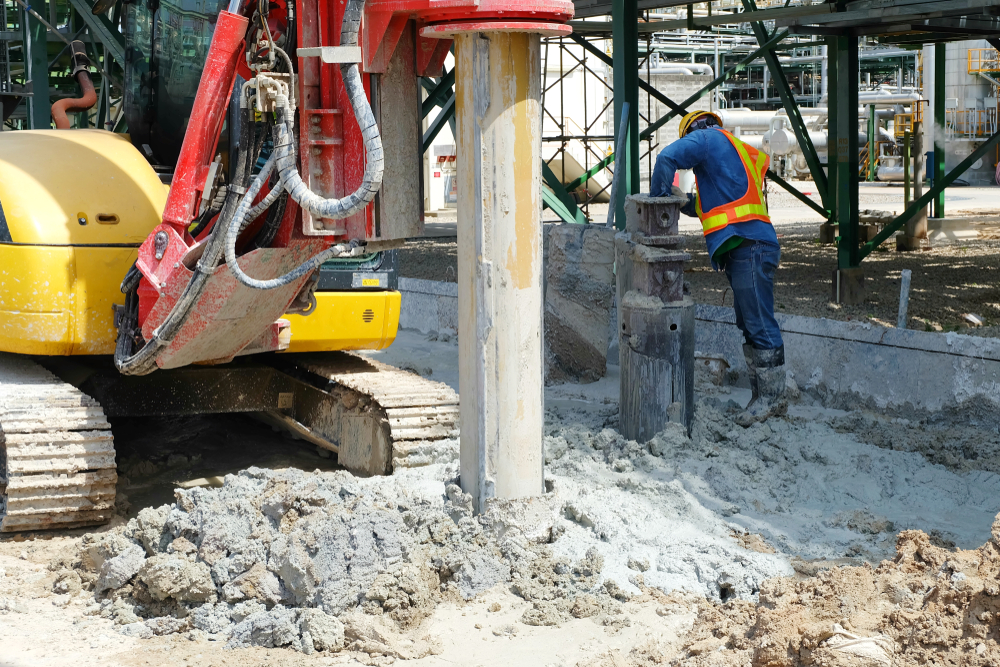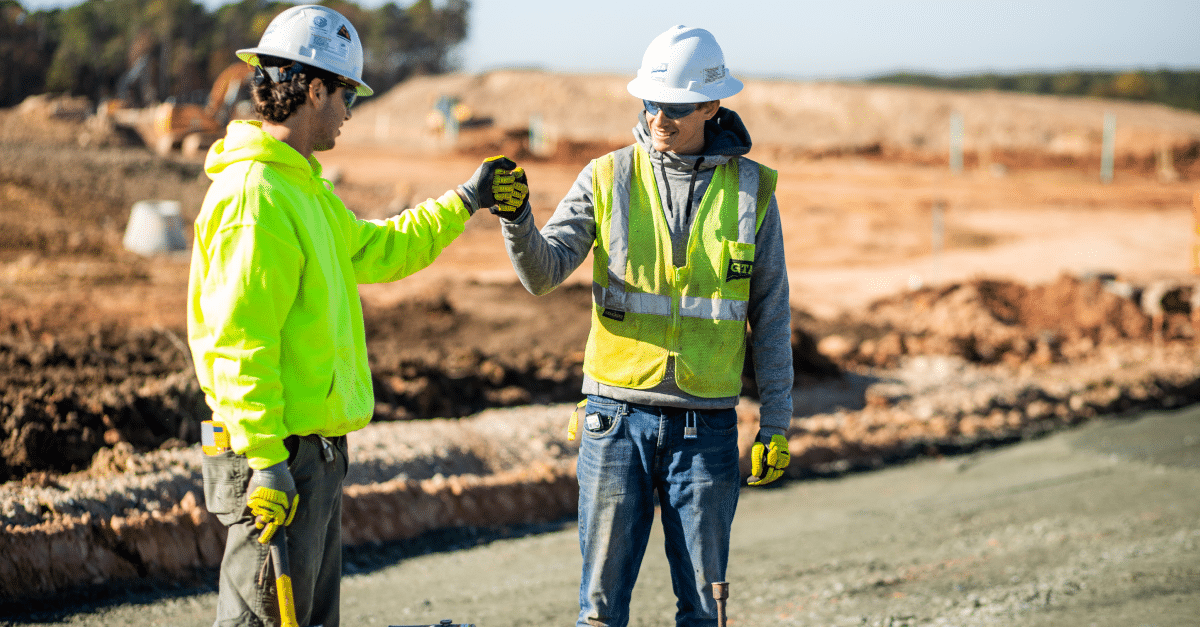The Definitive Guide to Specialized Geotechnical Engineering Solutions
The Definitive Guide to Specialized Geotechnical Engineering Solutions
Blog Article
6 Easy Facts About Specialized Geotechnical Engineering Solutions Explained
Table of ContentsThe Greatest Guide To Specialized Geotechnical Engineering SolutionsThe 2-Minute Rule for Specialized Geotechnical Engineering SolutionsHow Specialized Geotechnical Engineering Solutions can Save You Time, Stress, and Money.Getting The Specialized Geotechnical Engineering Solutions To WorkThe Greatest Guide To Specialized Geotechnical Engineering SolutionsFascination About Specialized Geotechnical Engineering Solutions
William Rankine, an engineer and physicist, developed an alternative to Coulomb's earth pressure theory. Albert Atterberg established the clay uniformity indices that are still made use of today for dirt category. In 1885, Osborne Reynolds recognized that shearing causes volumetric extension of thick products and tightening of loosened granular materials. Modern geotechnical engineering is said to have started in 1925 with the magazine of Erdbaumechanik by Karl von Terzaghi, a mechanical designer and geologist. Terzaghi likewise created the structure for theories of birthing capacity of foundations, and the theory for forecast of the rate of negotiation of clay layers because of consolidation. Afterwards, Maurice Biot completely established the three-dimensional dirt debt consolidation theory, prolonging the one-dimensional model previously created by Terzaghi to more general hypotheses and presenting the set of basic equations of Poroelasticity.
Geotechnical designers check out and identify the residential or commercial properties of subsurface problems and products.
Fascination About Specialized Geotechnical Engineering Solutions
Geologic mapping and interpretation of geomorphology are commonly completed in consultation with a geologist or design rock hound. Subsurface expedition typically includes in-situ screening (for example, the basic infiltration examination and cone infiltration examination). The excavating of examination pits and trenching (particularly for finding mistakes and slide planes) may also be made use of to find out about dirt conditions at depth. , which makes use of a thick-walled split spoon sampler, is the most typical method to gather disrupted samples.

If the interface in between the mass and the base of an incline has a complicated geometry, slope security evaluation is hard and mathematical service approaches are needed. Commonly, the user interface's precise geometry is unknown, and a simplified user interface geometry is presumed. Finite slopes require three-dimensional models to be evaluated, so most slopes are analyzed thinking that they are considerably large and can be represented by two-dimensional versions.
Specialized Geotechnical Engineering Solutions Things To Know Before You Buy

Measurement of quantities and analysis of actual problems. Design alteration per actual conditions The observational approach is appropriate for building and construction that has actually already begun when an unexpected advancement takes place or when a failing or crash looms or has currently occurred. It is unsuitable for jobs whose layout can not be modified throughout construction.
Concepts of Geotechnical Design. Dirt Technicians and Structures. Disturbed dirt residential or commercial properties and geotechnical layout, Schofield, Andrew N., Thomas Telford, 2006.
The Buzz on Specialized Geotechnical Engineering Solutions
Concepts and Practice of Ground Renovation. Ground Enhancement Concepts And Applications In Asia. Layout evaluation in rock mechanics.
Cengage Knowing, Stamford, 666 p. Atkinson, J., 2007. The auto mechanics of dirts and foundations. Taylor & Francis, N.Y., 442 p. Drifting Offshore Wind Wind Turbines: Responses in a Sea state Pareto Optimum Styles and Economic Analysis, P. Sclavounos et al., October 2007. Nicholson, D, Tse, C and Penny, C. (1999 ). The Observational Approach in ground design principles and applications.
The Greatest Guide To Specialized Geotechnical Engineering Solutions
These reports are tailored to fulfill the particular demands of a job and include design parameters and suggestions for the construction of an array of manufactured structures. In addition to providing working as a consultant services covering content areas such as slope stability and load-bearing capacities for various materials, these designers embark on research and growth tasks to improve methodologies, equipment, materials expertise and evaluation covering whole lifecycles (Specialized Geotechnical Engineering Solutions).
Design the properties and technicians of rocks consisting of the application of characteristics, liquid mechanics, kinematics and product technicians. This brings together geology, soil and rock mechanics, and architectural engineering for the style and building of foundations for a series of civil design jobs. This area includes forecasting the performance of foundation soil and rock to a tons enforced by a framework, while considering performance, economic climate and safety.
Prices of pay usually raise as your knowledge and abilities grow, with standards pointing to a graduate starting wage of in between 18,000 and 28,000 per year in the UK. This climbs to 26,000 to 36,000 with a couple of years of experience and then reaching 40,000 to 60,000+ for senior, legal or master engineers.
Our Specialized Geotechnical Engineering Solutions Ideas
With the right application it is possible to grasp the career and gain entry to a difficult yet gratifying and vital career. A rock hound would certainly need to re-train to become a geotechnical engineer, although there is plenty of cross-over in between the 2 professions, which might make this less advice complicated. Rock hounds need to have an understanding of soils, rocks and various other materials from a clinical perspective, while geotechnical designers story their understanding of matters such as soil and rock technician, geophysics and hydrology and apply them to engineering and ecological tasks.
When beginning, these designers will certainly have a tendency to service less complicated projects, accumulating understanding and experience all set for even more tough job later on. Geotechnical designers often tend to specialise in particular areas as they expand in experience, concentrating on specific infrastructures such as trains, roads or water. These designers additionally collaborate with renewable resource, offshore and onshore oil and gas, nuclear power, and a lot more.
Report this page